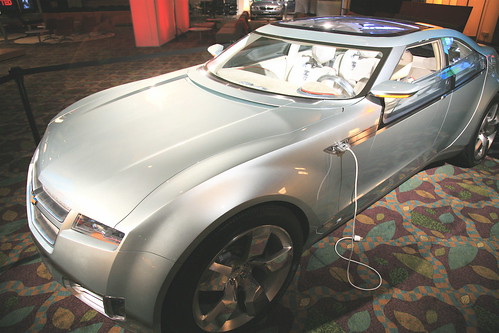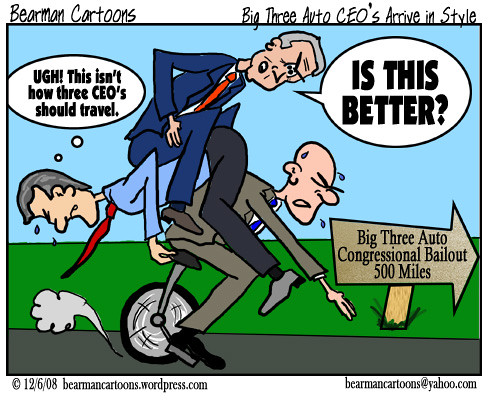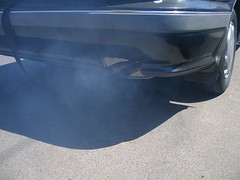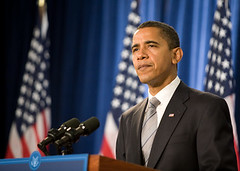An interesting dialogue on High-Speed Rail brings out some high-profile supporters
(Source: National Journal; Photo: Cliff @ Flickr)

Lisa Caruso @ the National Journal has kicked off an interesting dialogue on America’s proposed investment in Highspeed rail. She asks: “What do you think of President Obama’s decision to make high-speed passenger rail service a centerpiece of his transportation agenda? Is it a wise use of taxpayer dollars to spend $33 billion in the next five years (according to the stimulus and his FY10 budget outline) to make a down payment on constructing a rail network that could take decades to create? Or are there better ways to spend this money on transportation?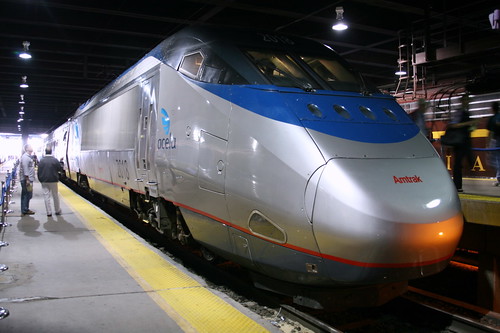
So far the following folks, including Virginia Governor Tim Kaine, Secretary of Transportation Ray Lahood, have recorded their opinions on this interesting dialogue. 7 responses: Steve Heminger, Phineas Baxandall, Greg Cohen, Gov. Tim Kaine, Peter Gertler, Ray LaHood, Bob Poole
So, continue to watch the thread as more folks step up to share their take on why HSR is very important for this nation.
Click here to read and follow the entire discussion.


